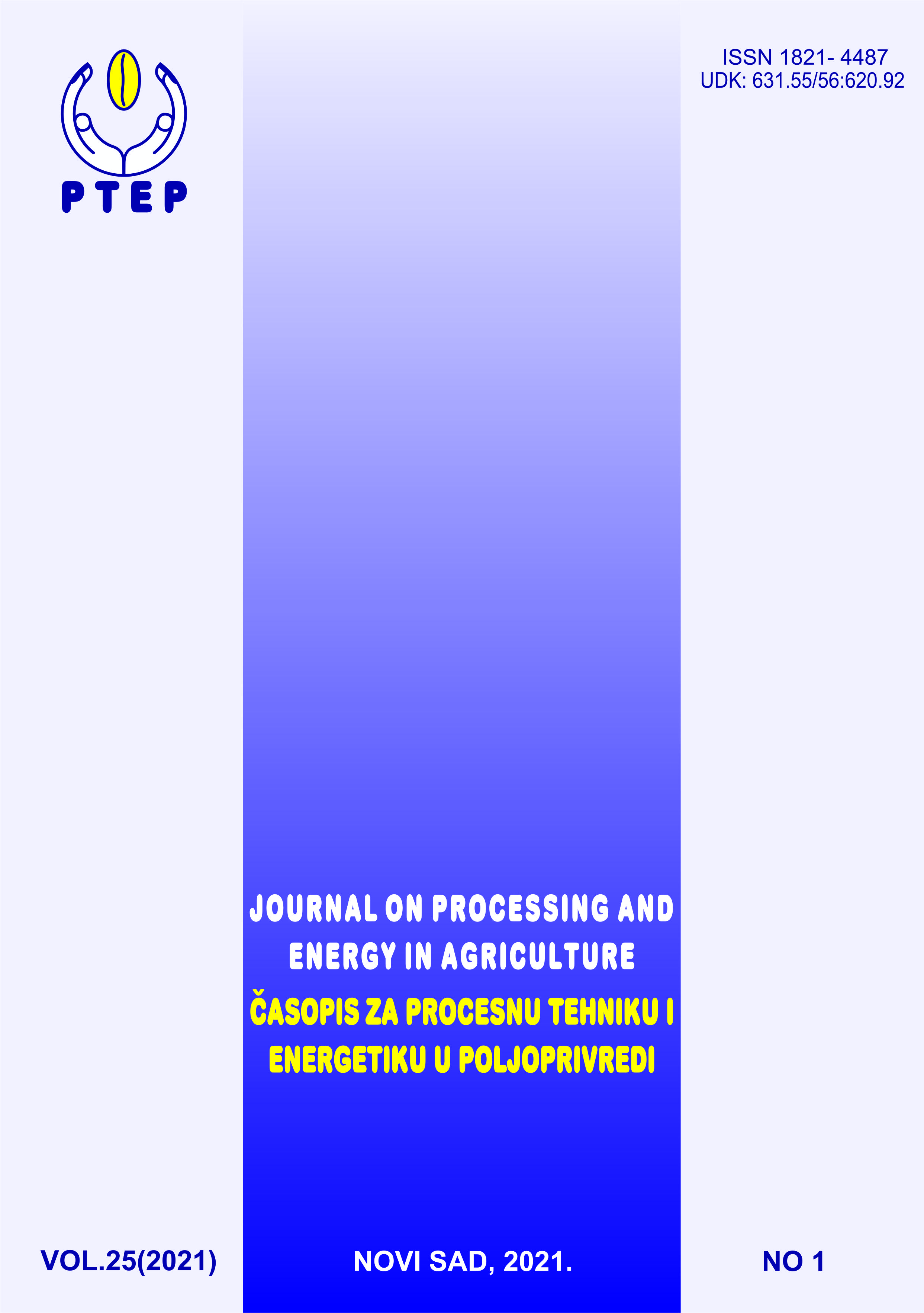POSSIBILITIES OF MAIZE HYBRIDS UTILISATION IN CANNED BABY CORN PRODUCTION
Abstract
Five maize hybrids were used in this research: two yellow and one white dent, sweet hybrid, and yellow popcorn. Five brine recipes with acetic acid were examined, of which two with the addition of potassium sorbate. The brines with preservatives were stable for 16 months without colour changes of the liquid and corn cobs. The pH of brines ranged from 3.39 to 3.89. Canned hybrids ZP 366 and ZP 611k in brine marked as Number 5 showed the best sensory characteristics. The protein content determined in ZP 366 (9.56 %) and ZP 611k (10.23 %) did not vary significantly compared to whole-grain maize flour, while crude fibre content (7.67 and 6.88 %), and ash content (21.96 and 20.72 %) were significantly higher than in flour (crude fibre: 2.40; 2.64 %, ash:1.35; 1.48%, respectively). This research will be continued in order to implement preliminary findings and new data on this subject.
References
AOAC (1990). Association of Official Analytical Chemists, Official Methods of Analysis, ed. by Herlich K. AOAC, Arlington, VA. pp. 70–84.
Dar, E.A., Harika, A.S., Tomar, S.K., Tyagi, A.K., Datta, A. (2014). Effect of crop geometry and nitrogen levels on quality of baby corn (Zea Mays L.) as fodder, Indian Journal of Animal Nutrition, 31 (1), 60-64.
Featherstone, S. (2016).10 - Canning of pickled products, Editor(s): In Woodhead Publishing Series in Food Science, Technology and Nutrition, A Complete Course in Canning and Related Processes (Fourteenth Edition), Woodhead Publishing, pp 351-368. https://doi.org/10.1016/B978-0-85709-679-1.00010-6
Jinjala, V.R., Virdia, H.M., Saravaya, N.N., Raj, A.D. (2016). Effect of integrated management on baby corn (Zea Mays L.), Agricultural Science Digest, 36 (4), 291-294.
Joshi, V.K., Sharma, S. (2009). Preparation and evaluation of sauces from lactic acid fermented vegetables. Journal of Food Science and Technology, 47, 214–18.
Kaur, N., Kaur, K., Aggarwal, P. (2018). Parameter optimization and nutritional evaluation of naturally fermented baby corn pickle. Agricultural Research Journal, 55(3), 548-553.
Lone, A.A., Allai, B.A., Nehvi, F.A. (2013). Growth, yield and economics of baby corn (Zea Mays L.) as influenced by Integrated Nutrient Management (INM) practices. African Journal of Agricultural Research, 8 (37), 4537-4540.
Milašinović-Šeremešić, М., Radosavljević, M., Terzić, D., Nikolić, V. (2018). Maize processing and utilisation technology-achievements and prospects, Journal on Processing and Energy in Agriculture, 22 (3), 113-116.
Muthukumar, V.B., Velayudham, K., Thavaprakaash, N. (2005). Growth and yield of baby corn (Zea Mays L.) as influenced by plant growth regulators and different time of nitrogen application. Research Journal of Agriculture and Biological Sciences, 1 (4), 303-307.
Novković, N., Vukelić, N., Janošević, M., Nikolić, S., Arsić, S. (2020). Analysis and forecast of the production parameters of major cereal crops in Serbia. Journal on Processing and Energy in Agriculture, 24 (2), 45-49.
Pandey, A.K., Ved, P., Mani, V.P., Singh, R.D. (2000). Effect of rate of nitrogen and time of application on yield and economics of baby corn (Zea mays L.). Indian Journal of Agronomy, 45, 338-43.
Radosavljević, M., Milašinović-Šeremešić, M., Terzić, D., Jovanović, Ž., Srdić, J., Nikolić, V. (2020). Grain chemical composition of dents, popping maize and sweet maize genotypes. Journal on Processing and Energy in Agriculture, 24 (2), 77-80.
Singh, M.K., Singh, R.N., Singh, S.P., Yadav, M.K., Singh, V.K. (2010). Integrated nutrient management for higher yield, quality and profitability of baby corn (Zea Mays). Indian Journal of Agronomy, 55 (2), 100-104.
Singh, V., Kaur, K. (2019). Development, formulation and shelf life evaluation of baby corn soup mix from industrial by-products. Journal of Food Science and Technology, https://doi.org/10.1007/s13197-019-04227-1
World Agricultural Production.com (2021). World Corn Production 2020/2021, January 2021. http://www.worldagriculturalproduction.com/crops/corn.aspx

